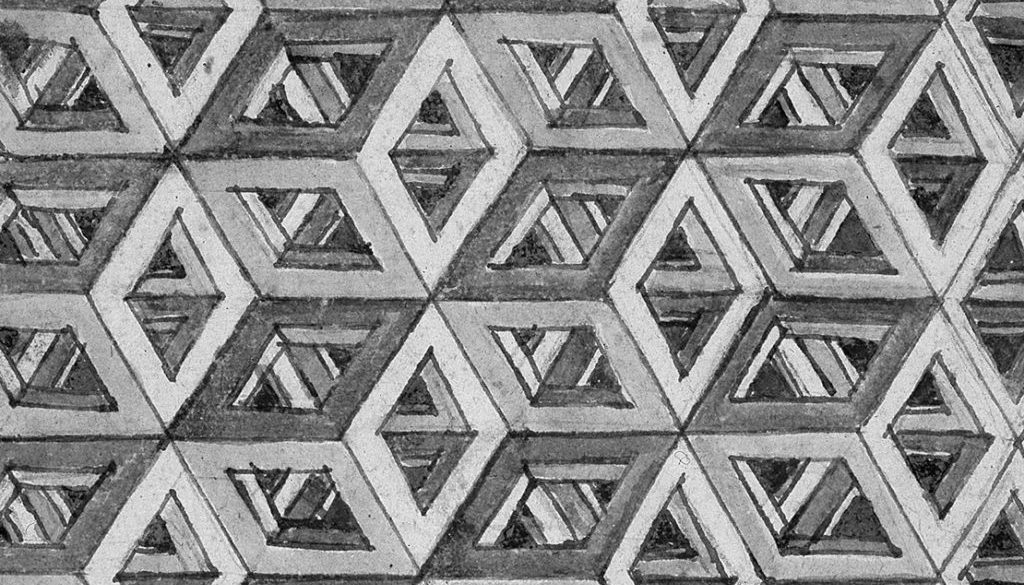Wolf Hall and the
art of sumptuous cliché

Not having an television, I have watched episodes of the much-lauded Wolf Hall on BBC i-player. All I normally watch are the sports programmes.
I really disliked it.
The dialogues are stilted, ponderous and self-consciously portentous. Typically, one person is lurking in a shadowy interior. The camera dwells on details – furniture, faces and costumes. The subject’s eyes, into which the camera stares, are deep wells of unspoken thoughts. Someone enters, usually a duplicitous adversary, weighed down by a mighty costume. His eyes (the mobile people are almost all men) express more unspoken thoughts in another sustained close-up. A pregnant pause ensues. The visitor slowly enunciates a message, not infrequently ironic and oblique. More meaningful looks follow, as the camera searches impotently for deeper meanings. The response, equally ironic and oblique, is painfully measured. And so the dialogue proceeds, until, following final bout of meaningful silence, the visitor exists with an air of morbid satisfaction or thwarted malice. We know we are watching “big acting” – and a lot of expense.
The almost perpetual gloom locates Wolf Hall in Monty Python’s “dark ages”. Even in daytime interiors illuminated by great tudor windows, we are faced with shadowy figures acting out a drama directed by Caravaggio at his most penumbral. At nighttime or in poorly-lit interiors, banks of candles (huge numbers in the scene of Anne Boleyn’s trial) cast no useable light into the space of the room. In the actual interiors, our eyes with their ability of accommodate would have seen very adequately.
Dark deeds are conceived in melancholy darkness. No-one plots in daylight.
A hybrid of Monty Python and Harold Pinter – or even Waiting for Godot. It is like the most stylised of the verismo operas of the 19thC, without the redeeming factor of the music.
You may say that that Wolf Hall is drama, using dramatic licence, and that my reading of it is too literal, too naturalistic. Yet the massively expensive costumes, fittings, furniture and settings are telling us “this is how it actually was”. You cannot have it both ways.
In the book, the dialogue can be stripped to acid essentials, while we paint the pictures in our mind. I suspect, looking back in 50 years time, the sumptuous clichés of such a “costume drama” on TV will seem bizarre.